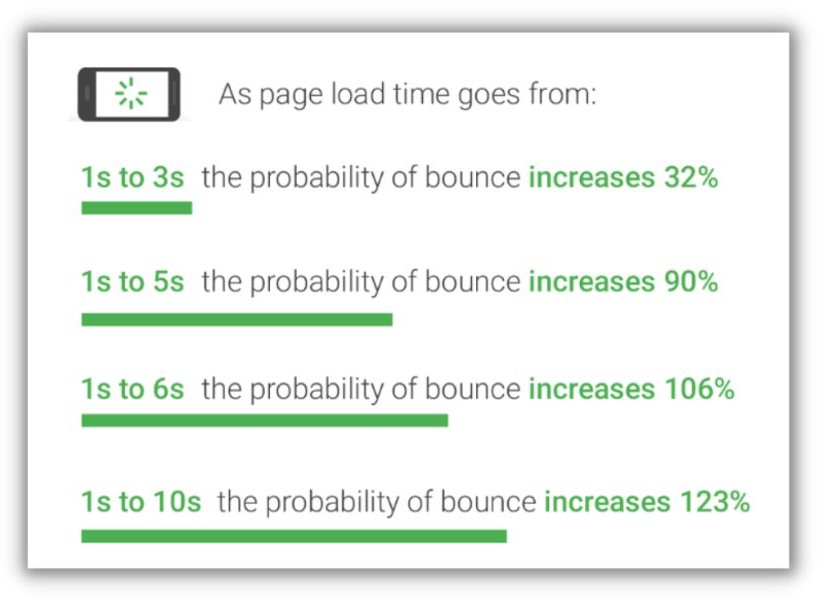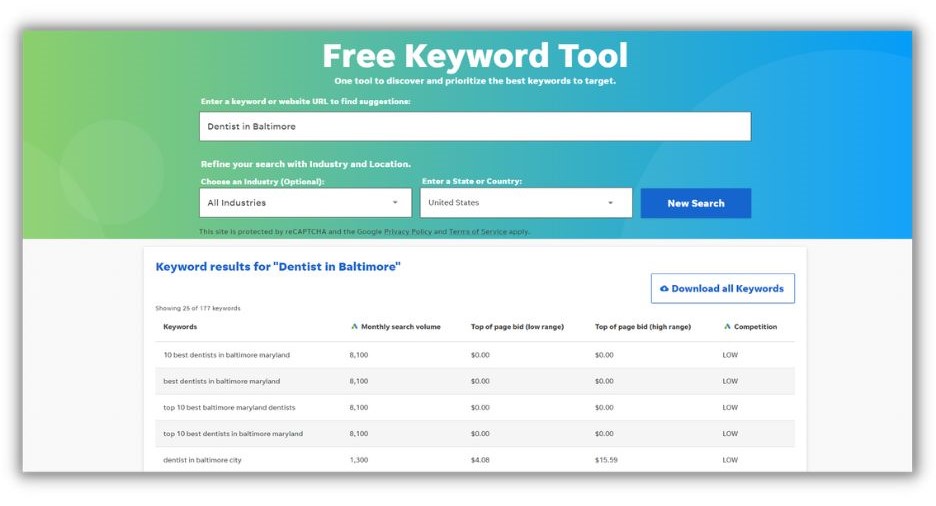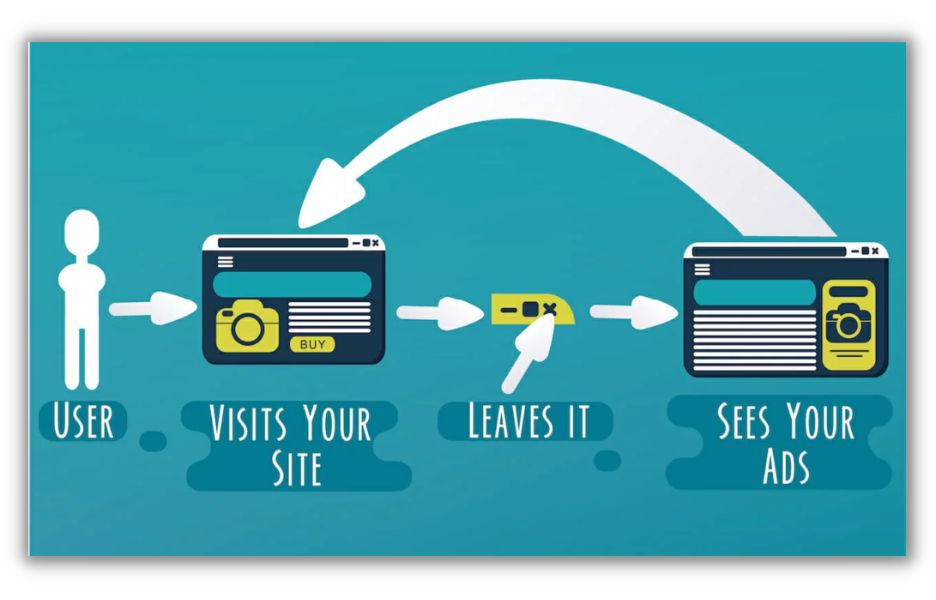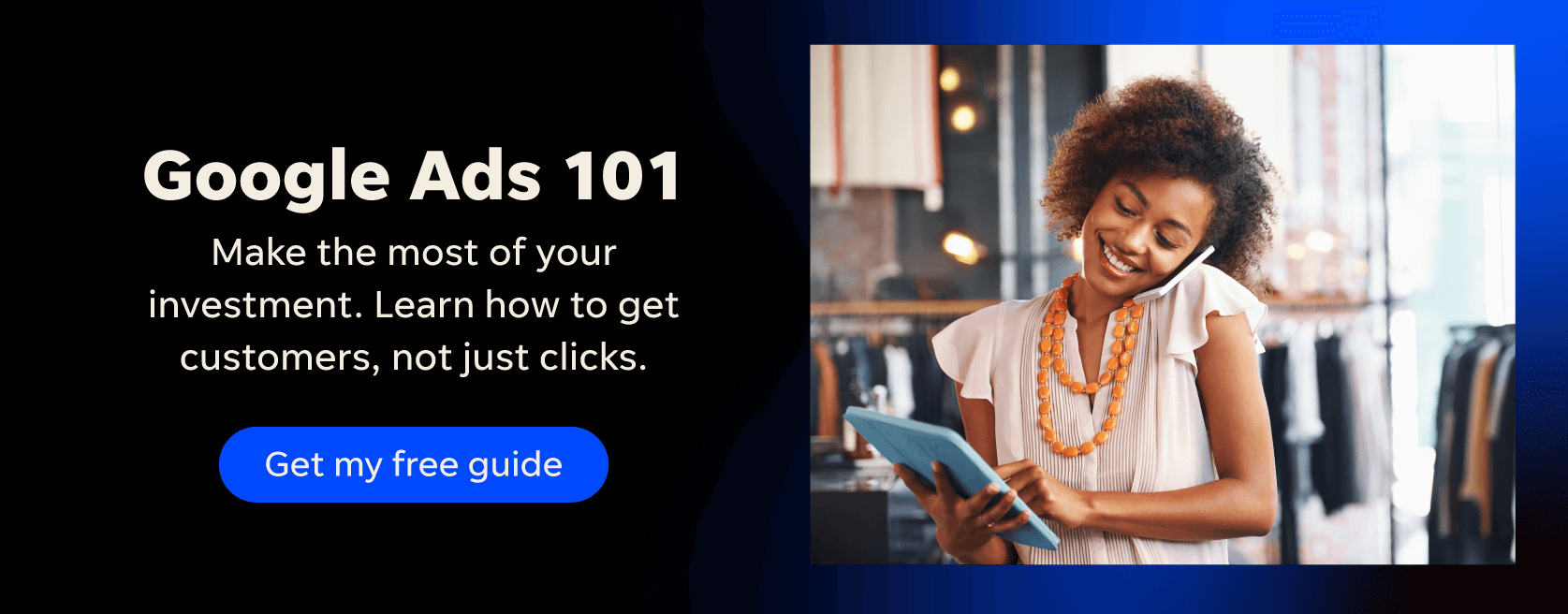Running ads on Google is a smart decision for any small business owner. After all, paid search ads on Google have an average return of $2 for every $1 spent. However, despite the fact that 85% of consumers use the internet to search for local businesses, it’s not uncommon for small business owners and marketers to have trouble seeing results with their Google Ads–either in the form of ads not generating the leads and revenue they expected, or simply not showing up at all.

With so many factors involved in the performance of any one ad, it can feel overwhelming to try to figure out what you’re doing wrong. The good news is, it’s oftentimes just a matter of making some broader adjustments. In this post, I’m going to provide a wealth of Google Ads optimization tips to help you maximize the return on your investment in PPC.
The seven Google Ads optimization strategies I’ll cover are:
- Checking mobile site speed
- Choosing relevant keywords
- Trying Dynamic Search Ads
- Revisiting your bidding strategy
- Targeting the right audience
- Using retargeting
- Diversifying your network
7 Google Ads optimization tips
Ready to optimize your Google Ads like a pro and get your ad costs under control? Let’s dig into these Google Ads tips.
1. Check your mobile site speed
According to Google’s data, more than half of overall web traffic comes from mobile, yet PPC conversion rates are lower on mobile than on desktop. Why? Because speed is paramount to the optimal user experience–especially on Google. When site speed is slow, a consumer who tapped on your ad is likely to exit the landing page before it even loads. Even worse, Google will still charge you for the click on your ad even though the customer never saw your website!

That being said, the first item of business on your Google Ads optimization checklist is to make sure you have a well-designed website that loads quickly and grabs the attention of the customer. This may mean modifying your landing page or even making site-wide adjustments, but it’s well worth the time. The more seamless the experience is on your website, the lower the probability of a bounce and the more likely a visitor will be to trust you and become a customer.
To find and fix load-speed issues, start by running a local SEO audit on your website. Then use these Google Ads optimization tools to check your site speed and diagnose what might be causing slow load times:
- Google’s Site Speed Tester
- Google’s PageSpeed Insights
- Lighthouse / Web.dev Full Audit
- Google’s Mobile Speed Scorecard and Impact Calculator
- Google’s Masterful Mobile Web Guide
📣Are your Google Ads leaving money on the table? Use our 100% free Google Ads Performance Grader to get an instant audit of your Google Ads account.
2. Choose relevant keywords
Keywords are arguably the most important component of Google Ads optimization. If the keywords you’re bidding on aren’t searched frequently or don’t align with your target audience, they’ll get little valuable traction and ultimately waste your ad spend.
Your strategy with choosing keywords is to identify the search terms that consumers are using when their intent is aligned with your business’s content and offerings and that also have a decent search volume. Make use of keyword research tools to find the best keywords for your Google Ads optimization strategy.

Our Free Keyword Tool is a great place to start with your Google Ads optimization.
Keyword research will help you find a broad range of initial keywords, but it’s important to expand and refine that list according to your specific offerings. And don’t forget to see what your competitors are targeting with the Google Ads library.
Pro tips on keyword research:
- Make sure to bid on keywords with different levels of intent so you can strengthen various stages of your marketing funnel.
- Select negative keywords – they help to reduce irrelevant traffic to your website and prevent you from paying for clicks on your ads that don’t lead to customers.
- Regularly comb through your search queries 1-2 times per week to find opportunities for new keywords and help to find negatives.
3. Try Dynamic Search Ads
If you’re unsure where to start with keywords, a Dynamic Search Ads campaign might be what you need in order to optimize your Google Ads performance. In this case, use your landing pages as the target instead of keywords. This way, you’ll be able to see what kinds of searches your landing pages are going to show up for. To learn more about Dynamic Searches, check out this article from WordStream. And consider if Performance Max campaigns (that place your ads across Google’s network) are for you, especially after all the Performance Max updates.

4. Revisit your bidding strategy
If you feel like your site speed and keyword groups are in a good place, another area of optimization to focus on with your Google Ads is bidding. Your bid is the amount you’re willing to spend to get a click. It’s important to be aware of your bid strategy and budget because if your bids are too low, they won’t be competitive enough and will limit your ad’s visibility at the top of the SERP. On the other hand, bidding too aggressively can drive up your costs without guaranteeing better results.
With Google Ads, you have two options when it comes to bidding: Set your own bids or use Google’s Smart Bidding so it’s done for you. There are benefits and drawbacks to both.
When you set your own bids, you can manually set bids for individual keywords, ad groups, or campaigns. Alternatively, you can leverage Google’s Smart Bidding instead to determine how much you are willing to pay for a click. Smart bidding strategies help to optimize bids for your ads based on your ultimate goal for your campaign and also save you lots of time from having to bid manually.
There’s always a healthy debate about which smart bidding strategy is best and how it compares to manual bidding. There’s no one-size-fits-all solution here – your bidding strategy is in your hands. To optimize your Google Ads performance, take the time to understand the pros and cons of automated bidding to learn whether it’s best for your business goals.

🛑 Are you paying more than other companies in your industry for Google Ads? Download our Search Ads Benchmark Guide and find out.
5. Target the right audience
When optimizing your Google Ads for maximum ROI, it’s important to use audiences and location targeting so you can reach certain demographics or online behaviors that are typical of your ideal customers. This way, you can reduce irrelevant traffic and low-quality clicks. Different audiences can be set up to build awareness, influence consideration, or drive action.
For more help with audience targeting, check out these posts:
6. Use retargeting
Equally, if not more important than targeting, is retargeting, which too many advertisers neglect to do even when they are eligible. Google says that only 2-4% of site visits result in a transaction, so it’s important to retarget those who visited your site to drive them back to your page to hopefully make a conversion. This will work differently once Google has deprecated third-party cookies. But it’s very useful now.

7. Diversify your networks
Although Google receives a high volume of traffic, it’s best to not put your eggs in one basket. Make sure to diversify your networks, such as by advertising on Bing, Facebook, Instagram, and more. This is an overall PPC optimization strategy that will help to increase your audience size, get more impressions on your advertisement, and ultimately reach more customers.
Pro tip: Don’t forget about smaller social networks such as LinkedIn, Reddit, and Pinterest. These networks house millions of users within specific demographics and niche types. In addition, since your audience behaves differently on different platforms, you’ll be able to get a more holistic idea of your buyer personas. Plus, as the number of users on these social networks increases, you’ll have more opportunities to take advantage of.

Use this Google Ads optimization checklist to increase your ROI
If you follow the tips in this guide, you’ll take a huge step towards more efficient and effective Google Ads.
We’ve created a handy Google Ads Optimization tips checklist to make the whole thing easier.

Related Articles
-

Google Local Services Ads 101: Everything You Need to Know
-

Updated Search Advertising Benchmarks for 2024 (+Expert Tips to Improve Results)
-

Essential Beginner's Guide to Local PPC
-

9 Reasons Your Google Ads Are Failing (Exclusive Expert Insights!)
-

How Much Does Google Ads Cost in 2024? (+Tips to Lower Costs)


